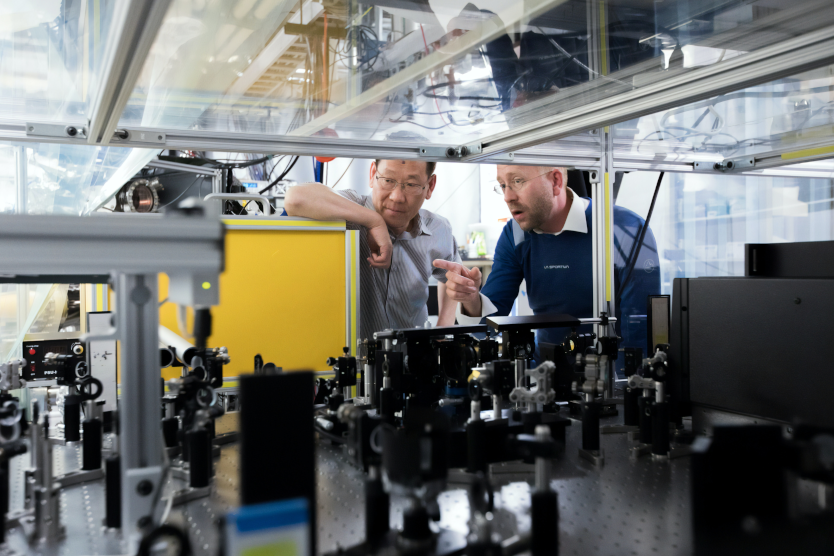
Charging industrial robots, medical equipment and even autonomous aircraft with CPT might be possible soon.
© Unsplash
Contactless power transmission (CPT) is commonly used for charging small devices like mobile phones and electric toothbrushes, but it might soon be possible to charge industrial robots, medical equipment and even autonomous aircraft this way.
Physicists Christoph Utschick and Professor Rudolf Gross at the Technical University of Munich (TUM) have developed a coil with superconducting wires capable of transmitting power contactless in the range of over five kilowatts and with only small losses. In practical terms, it will allow bigger electronic devices to be inductively charged when they are not in use.
The first problem the physicists had to solve was how to minimise alternating current losses: as the surface temperature of the superconducting wires rises, it causes the superconduction to collapse. They designed a novel coil in which the individual windings are separated from one another by spacers. "This trick significantly reduces alternating current loss in the coil," explains Christoph Utschick in a press release. "As a result, power transmission as high as the kilowatt range is possible."
Determining the exact spacing turned out to be a fine balancing act: "We optimised the distance between the individual windings using analytical and numerical simulations," says Utschick. "The separation is approximately equal to half the width of the tape conductor."
But there is another obstacle to overcome before CPT tech for robots and drones is ready for the market. The coils require constant cooling with liquid nitrogen and the cooling vessels cannot be made of metal, which would heat up too much in the magnetic field. "Customized cryostats like this are not yet commercially available. This will mean an extensive amount of further development effort," says Gross in the release. "But the achievements up to now represent major progress for CPT at high power levels.“


